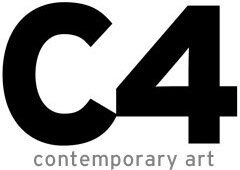|
On Form & Typology
In their 45 years of relentless and exacting documentation and study of the formal attributes and themes presented by manmade industrial structures, the Bechers have created some of the most compelling 'documents' in the history of 20th century art. The direct parallel between this work and the dispassionate eye of August Sander is the most immediate bridge to precedent that one may build. Sander's portraits of the citizenry of the Weimar Republic were little known until his death in prison in 1944 after which time (after the end of WWII) the work was popularized to some degree. The Bechers, being 'war orphans', were keenly aware of Sanders' works - and perhaps out of some sort of therapeutic paroxysm out of the desire to document disappearing industrial architecture in and around 1959-1962. An fascinating aspect of the seriality of the resulting images is - beyond the insistence of repetition - the powerful emphasis of individual forms in the larger context. So much so that the exercise evokes a certain othering of these commonplace structures in very much the same way that repeating a word over and over makes us aware of the innate 'strangeness' we never knew it embodied.
Both trained artists, the couple were clearly keenly aware of the purely graphic essence of the photographs they made within a given 'type' - as the aforementioned effect clearly benefits from the ensuing tension between the graphic and architectural/cultural identities. This is perhaps best illustrated in the work, 'Gas Tanks', below. Great pains are made to ensure graphic standards are followed in the rendering of the tanks - their sizes and relationship to surrounding negative space is clearly a constant they attempt to maintain with great effort and precision. And indeed, it works.
|
 see also: (click on image above)
|




